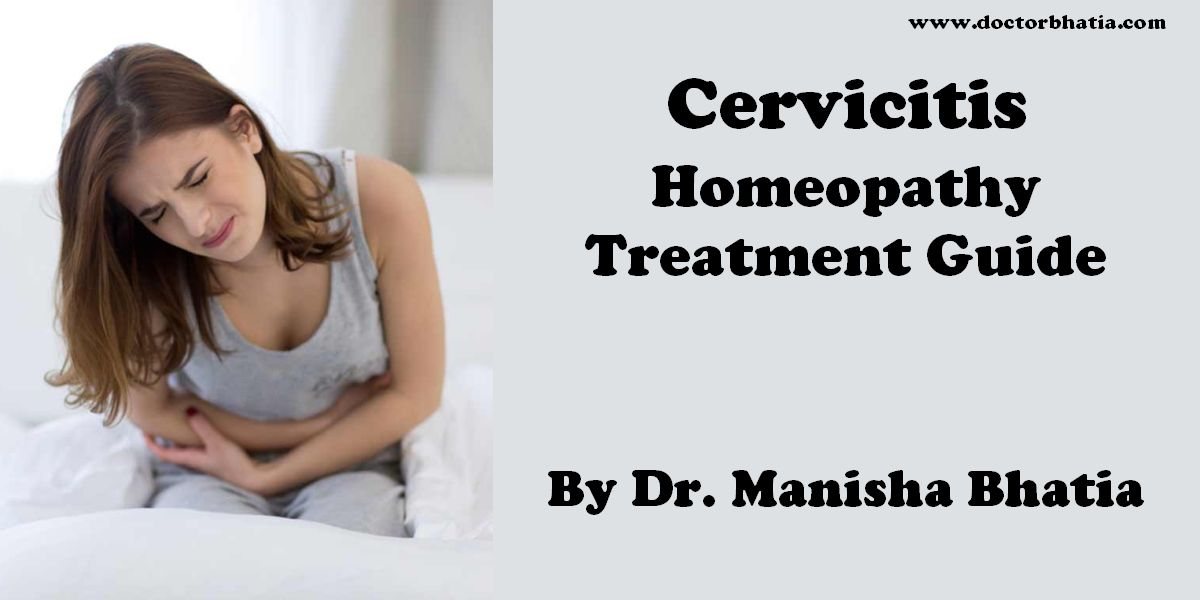Inflammation of the tissues of the cervix is known as cervicitis. Cervicitis in women has many features in common with urethritis in men and many of the causes are sexually transmitted.
Causes of Cervicitis
Cervicitis can be caused by any of a number of infections, of which the most common are chlamydia and gonorrhea, with chlamydia accounting for approximately 40% of cases[1]. Trichomonas vaginalis and herpes simplex are less common causes of cervicitis. The role of Mycoplasma genitalium and bacterial vaginosis in causing cervicitis is still under investigation.[2]
Mucopurulent cervicitis
Mucopurulent cervicitis (MPC) is characterized by a purulent or mucopurulent endocervical exudate visible in the endocervical canal or in an endocervical swab specimen. Some specialists also diagnose MPC on the basis of easily induced cervical bleeding. Although some specialists consider an increased number of polymorphonuclear leukocytes on endocervical Gram stain as being useful in the diagnosis of MPC, this criterion has not been standardized, has a low positive-predictive value (PPV), and is not available in some settings. MPC often is asymptomatic, but some women have an abnormal vaginal discharge and vaginal bleeding (e.g., after sexual intercourse). MPC can be caused by C. trachomatis or N. gonorrhoeae; however, in most cases neither organism can be isolated. MPC can persist despite repeated courses of antimicrobial therapy. Because relapse or reinfection with C. trachomatis or N. gonorrhoeae usually does not occur in persons with persistent cases of MPC, other non-microbiologic determinants (e.g., inflammation in the zone of ectopy) might be involved.
Patients who have MPC should be tested for C. trachomatis and for N. gonorrhoeae with the most sensitive and specific test available. However, MPC is not a sensitive predictor of infection with these organisms; most women who have C. trachomatis or N. gonorrhoeae do not have MPC.
Homeopathy Treatment for Cervicitis
Keywords: homeopathy, homeopathic, treatment, cure, remedy, remedies, medicine
Homeopathy treats the person as a whole. It means that homeopathic treatment focuses on the patient as a person, as well as his pathological condition. The homeopathic medicines are selected after a full individualizing examination and case-analysis, which includes the medical history of the patient, physical and mental constitution, family history, presenting symptoms, underlying pathology, possible causative factors etc. A miasmatic tendency (predisposition/susceptibility) is also often taken into account for the treatment of chronic conditions. A homeopathy doctor tries to treat more than just the presenting symptoms. The focus is usually on what caused the disease condition? Why ‘this patient’ is sick ‘this way’. The disease diagnosis is important but in homeopathy, the cause of disease is not just probed to the level of bacteria and viruses. Other factors like mental, emotional and physical stress that could predispose a person to illness are also looked for. No a days, even modern medicine also considers a large number of diseases as psychosomatic. The correct homeopathy remedy tries to correct this disease predisposition. The focus is not on curing the disease but to cure the person who is sick, to restore the health. If a disease pathology is not very advanced, homeopathy remedies do give a hope for cure but even in incurable cases, the quality of life can be greatly improved with homeopathic medicines.
The homeopathic remedies (medicines) given below indicate the therapeutic affinity but this is not a complete and definite guide to the homeopathy treatment of this condition. The symptoms listed against each homeopathic remedy may not be directly related to this disease because in homeopathy general symptoms and constitutional indications are also taken into account for selecting a remedy. To study any of the following remedies in more detail, please visit the Materia Medica section at Hpathy
None of these medicines should be taken without professional advice and guidance.
Homeopathy Remedies for Cervicitis :
Alum., ant-t., arg-n., ars., bell., calen., hydr., kali-bi., kreos., lyc., med., merc., merc-c., nit-ac., sep., thuj.
References
- Centers for Disease Control and Prevention. Diseases characterized by urethritis and cervicitis. Sexually transmitted diseases treatment guidelines. MMWR Recomm Rep 2002 10 May;51(RR-6):30-42.
- ^ Kumar, Vinay; Abbas, Abul K.; Fausto, Nelson; & Mitchell, Richard N. (2007). Robbins Basic Pathology (8th ed.). Saunders Elsevier. pp. 716-718 ISBN 978-1-4160-2973-1
- ^ Marrazzo JM, Martin DH (2007). “Management of women with cervicitis”. Clin. Infect. Dis. 44 Suppl 3: S102–10. doi:. PMID 17342663.


